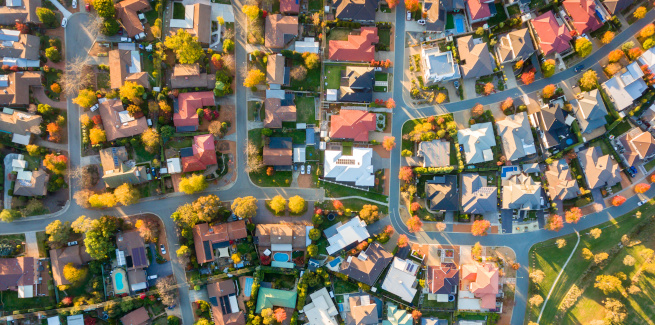The latest research from Digital Finance Analytics (DFA), which involves a survey of 52,000 households, has reported that approximately 40 per cent of home loan applications were rejected in December 2018, up from 8 per cent in December 2017.
When divided into segments of the lending space, the highest rate of mortgage rejection was for refinance applications (48 per cent), followed by investors (11 per cent) and first home buyers (5 per cent).
The data also revealed that authorised deposit-taking institutions (ADIs) rejected just over 40 per cent of home loan applications, compared to 20 per cent rejected by non-banks.
However, despite increasing year-on-year, total mortgage rejections dropped on a month-on-month basis, down 8 per cent from a record high of 48 per cent in November 2018.
DFA also noted that the volume of applications across all segments fell in the lead-up to the holidays.
Reflecting on the result, principal of DFA Martin North said he expects volumes to increase but predicted that the rate of mortgage rejections would remain elevated.
“We expect the number of loan applications to lift again in January, after the break, but the proportion rejected because of non-compliance with current lending standards will remain high,” he said.
The DFA data coincided with the release of the latest Housing Finance data from the Australian Bureau of Statistics (ABS), which reported a 2.5 per cent fall in the value of home loan approvals in November 2018, in seasonally adjusted terms, driven by a 4.5 per cent decline in investor lending, and a 1.4 per cent slump in owner-occupied lending.
Mr North expects credit growth to continue easing and to weigh on property prices, which he predicted could fall by as much as 30 per cent.
“As credit drives home prices higher, so the reduced availability of credit drives prices lower,” he said.
“Our own view is a fall of 20 to 30 per cent peak-to-trough over the next two to three years.”
Mr North concluded: “If you add in heightened global uncertainty and a fading local economy, a deeper fall is still quite possible.”
[Related: 'RBA spin wearing thin' as mortgage stress mounts]

